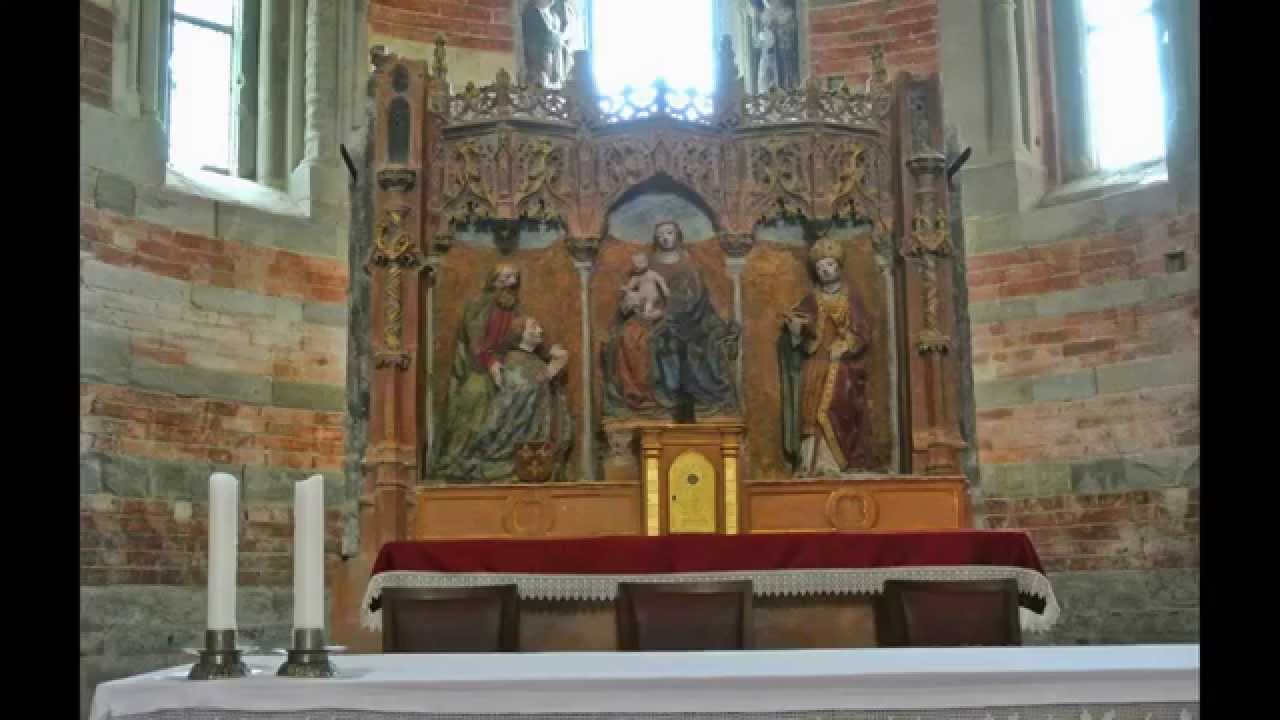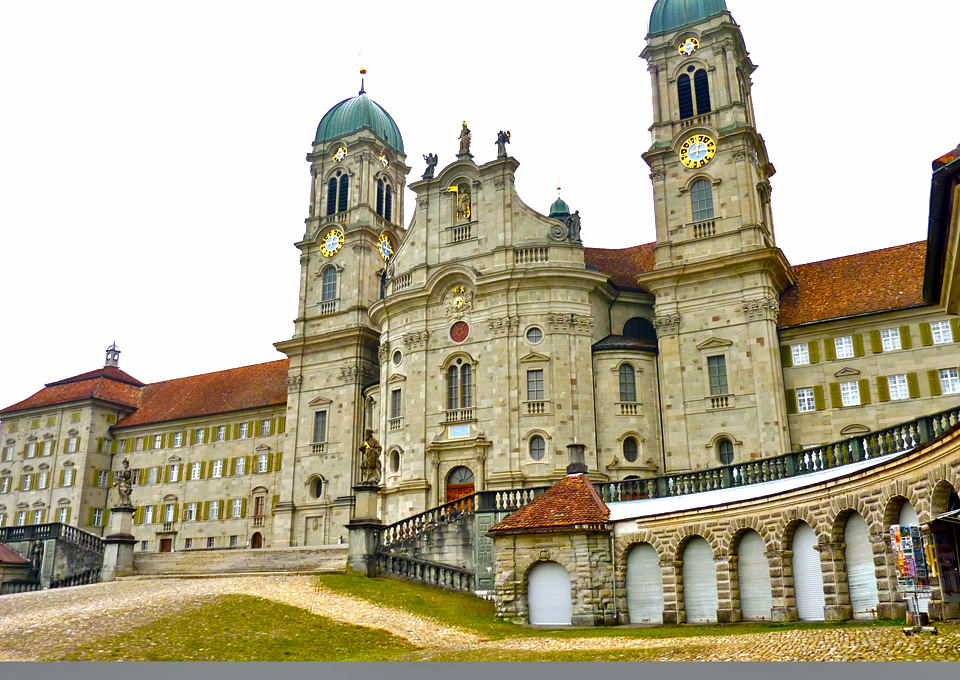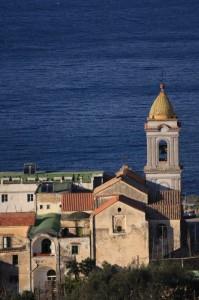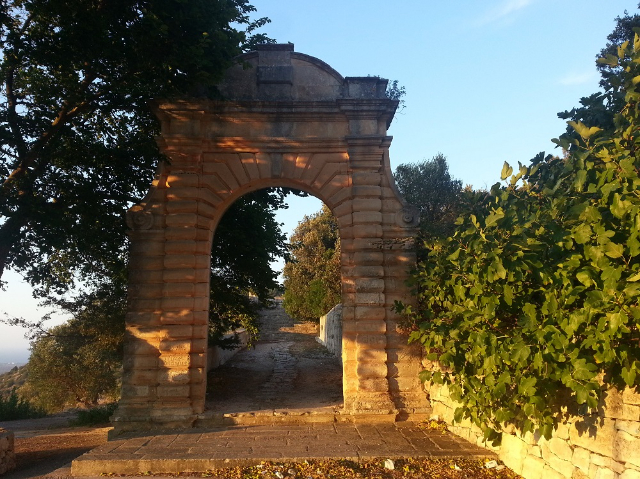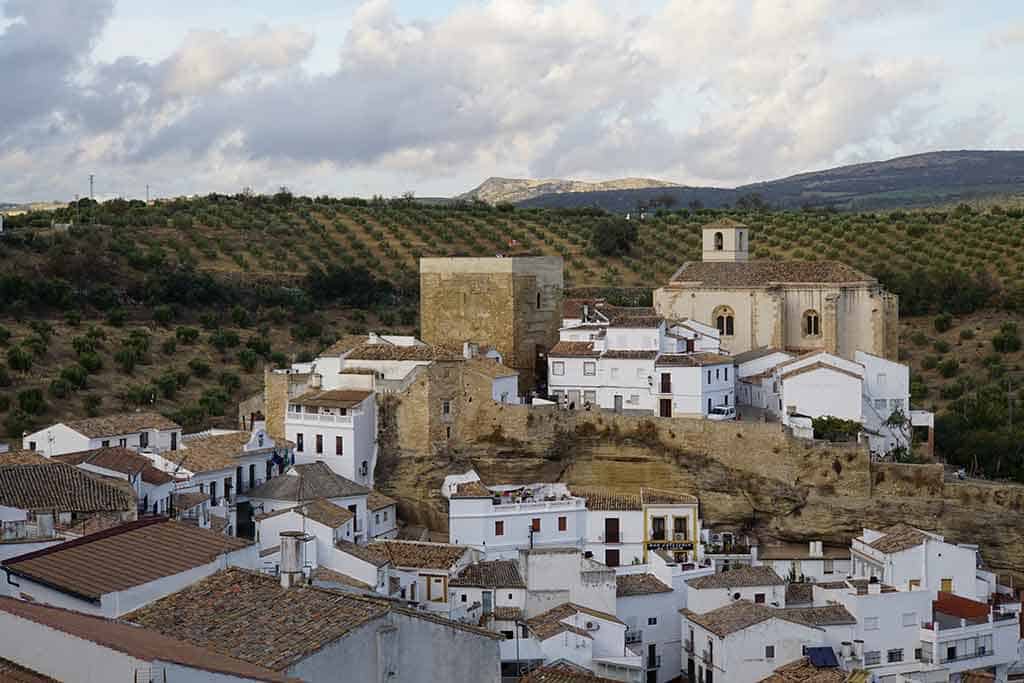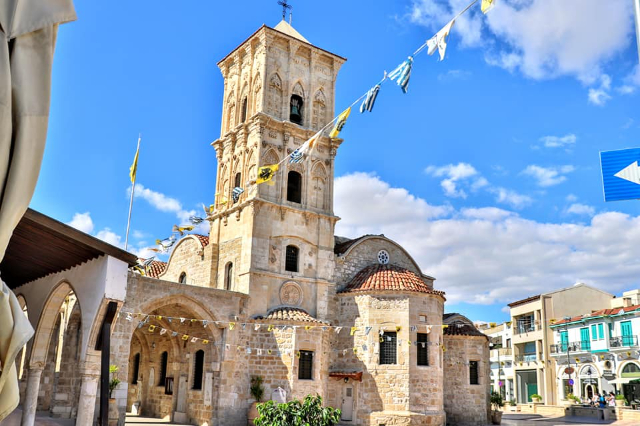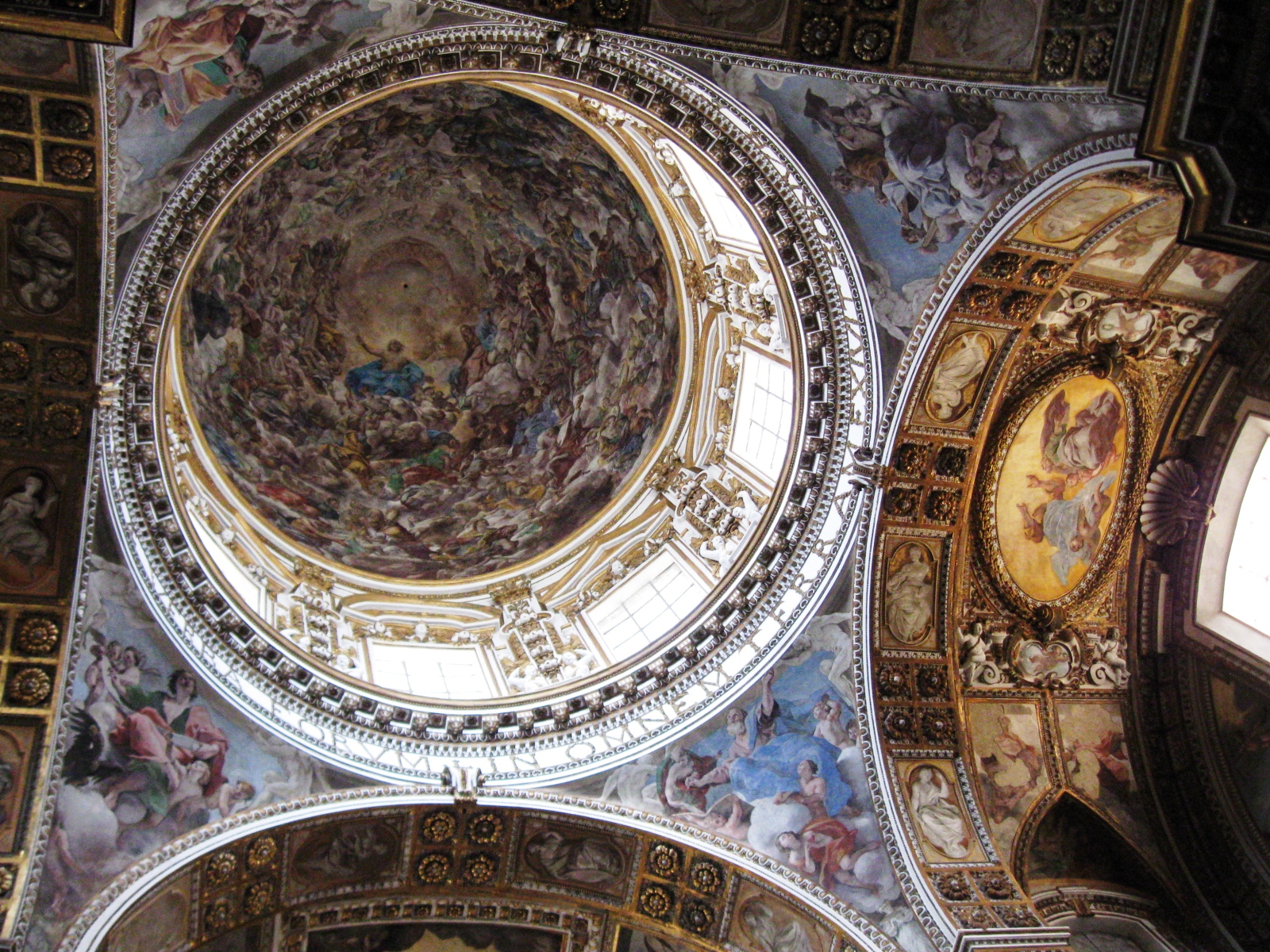The Abbey of Santa Maria di Vezzolano is an artistic jewel set at the foot of one of the highest hills in Monferrato.
In the serene tranquility of this valley, over the centuries, little-known artists and craftsmen have created masterpieces that still enrich one of the best preserved and most significant monuments in all of Piedmont.
Although legend dates its foundation to Charlemagne , the first document in which the Ecclesia di Santa Maria di Vezzolano is mentioned dates back to 1095: it is the investiture of Teodulo and Egidio ad officiales, with the commitment to adhere to certain shared precepts and to live according to the canonical rule, probably that of St. Augustine, attested later in Vezzolano by papal bulls of 1176 and 1182.
Artistically, this complex constitutes the finest example, in Piedmont, of Romanesque-Lombard architecture.
The façade, in pure Lombard style, built of brick, intersected by bands of sandstone in which fossil sea shells are visible, has rich sculptural decoration of transalpine connotation, concentrated in the central part. The interior is in early Gothic forms.
The nave is divided by a pier (narthex or jubé), a rare architectural structure on small columns. On the pier stretches a polychrome bas-relief in two superimposed registers depicting the Patriarchs and Stories of the Virgin, referable to the third decade of the 13th century although it bears the date 1189.
In the Cloister, one of the most beautiful in all of Piedmont, are carved capitals and an important cycle of 14th-century frescoes.
The garden, with its central location, refers to the centrality of the man who cultivates it, while the greenery that beautifies it represents a link between the beauty of the world and divine beauty.
